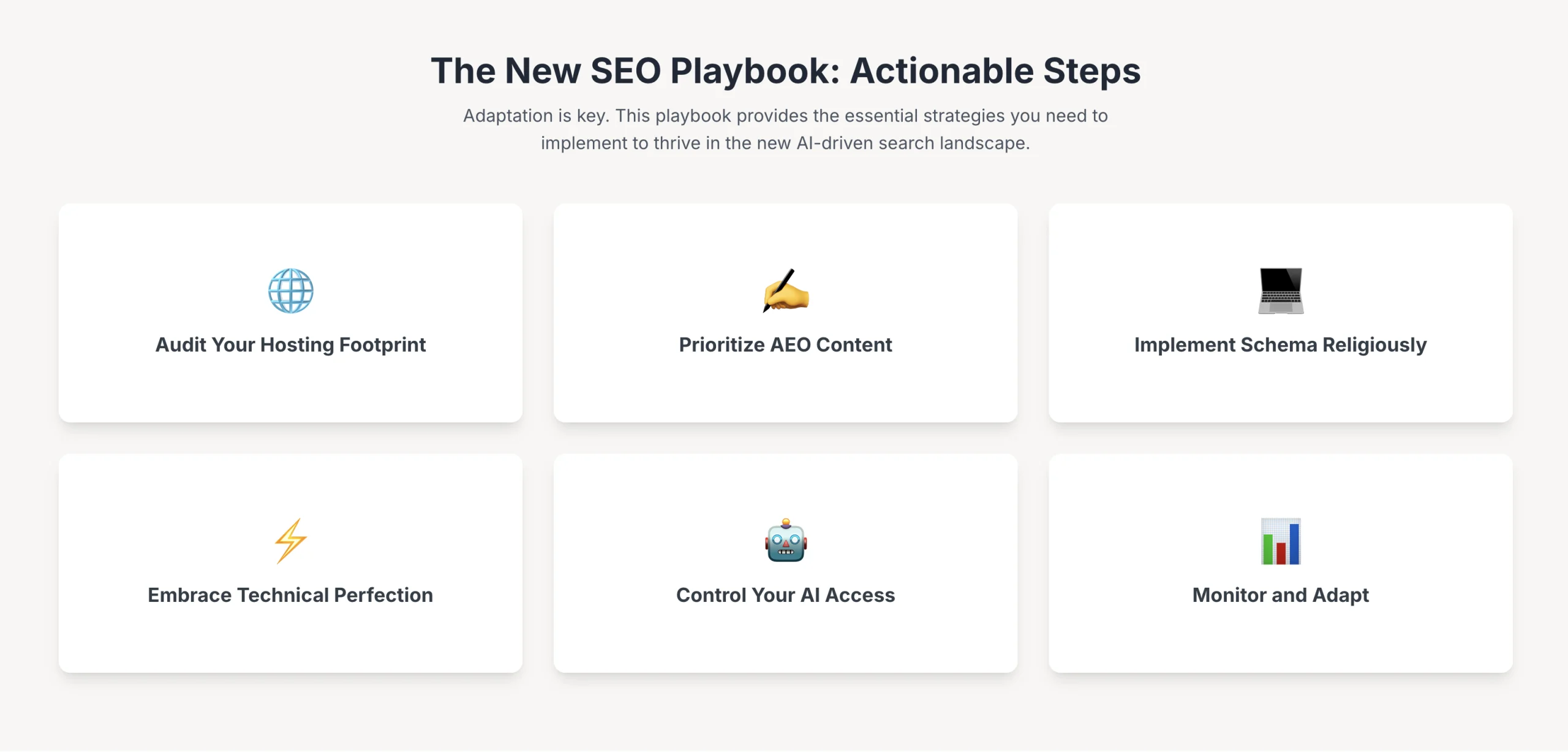Table of Contents
- Listen to Podcast
- The Seismic Shift in Search: Why Clicks Aren't The Whole Story Anymore
- The Unseen Foundation: Why Diverse IP Networks are More Critical Than Ever
- Optimizing for AEO: Speaking AI's Language (and Ensuring it Listens)
- An Experiment in AI Citation vs. Traditional Ranking
- The Cloudflare Conundrum: Taking Control of Your AI Footprint
- The E-E-A-T Imperative: How Hosting Reinforces Expertise
- Practical Steps for Your New SEO Playbook:
- FAQ
Listen to Podcast
The Seismic Shift in Search: Why Clicks Aren’t The Whole Story Anymore
You’ve probably felt that familiar mix of awe and unease watching Google’s AI Overviews (AIOs) expand their reach. It’s cool and all, seeing instant, summarized answers right there in the search results. But that’s just it, isn’t it? As an SEO professional, your gut might be tightening a little, wondering, “What about my clicks? What about my traffic?“
The truth is, we’re witnessing a fundamental reshaping of how users interact with search engines, and consequently, how we need to define SEO success. For years, the mantra has been “get to the top of page one for the clicks.”
And don’t get me wrong, that’s still valuable. But when Google’s AI delivers an instant, seemingly perfect answer, a user might never even click through to your site. This isn’t just speculation; recent studies and observations from industry giants have shown a tangible impact.
(more…)
